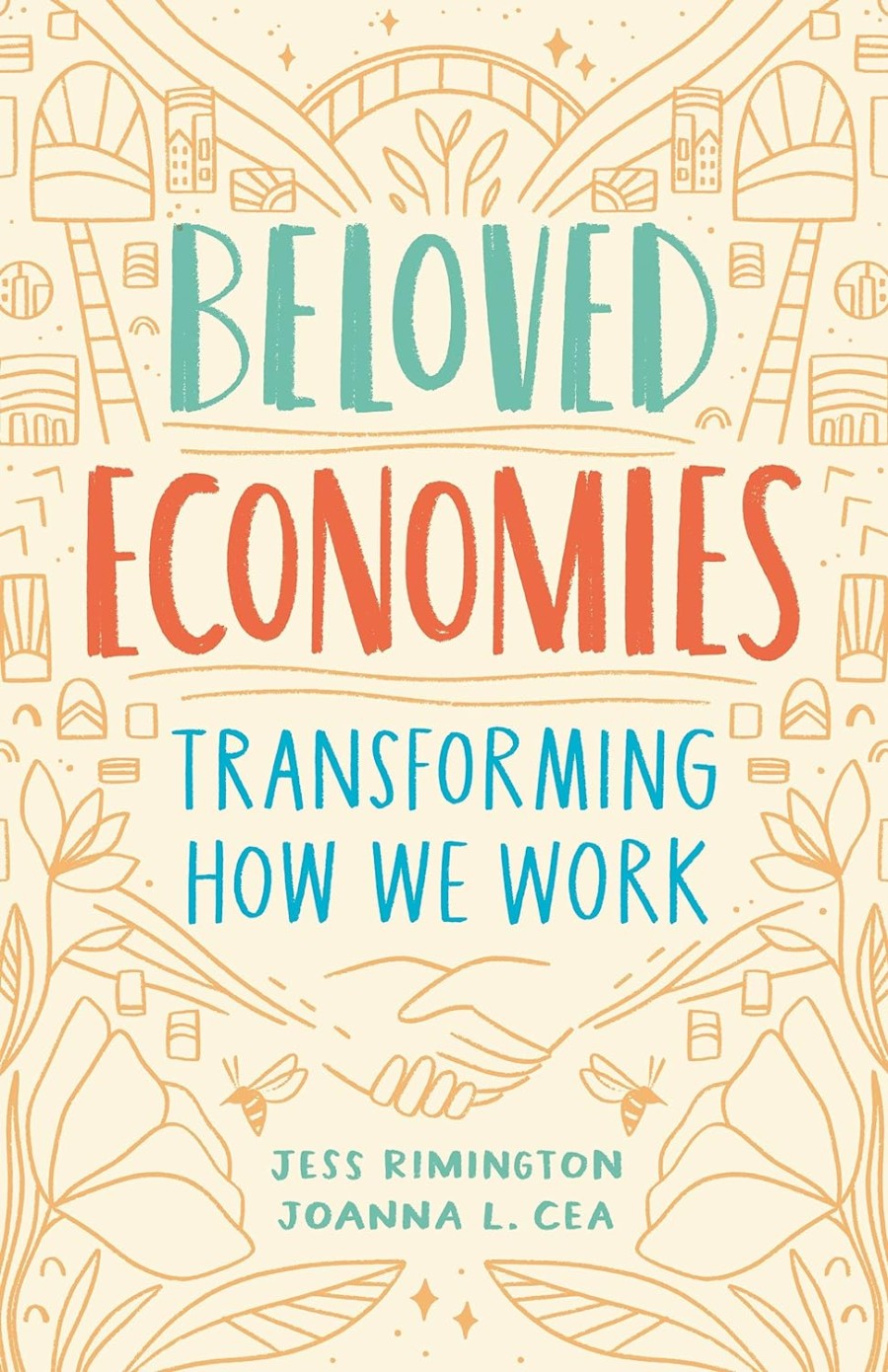Italy’s Worrying Right-Wing Political Trends

Italy has always had barmpot politics. We are not talking here of ‘conservative with a small C’ but like some other areas of Europe, a worrying trend towards far-right politics, akin to back in the days of Mussolini (who did not make the trains run on time, that was a myth).
In fact, he and his wife were so unpopular, they met a grisly end, hung upside down for locals to throw things at their bodies for days after their deaths. And what happens here affects us all, re policies say for climate change (the latest leader is rolling back on previous laws to protect our planet and animals).
Like Trump, the previous right-wing Prime Minister controlled most of the media, telling earthquake survivors they should look at sleeping in emergency tents as a ‘weekend of camping’.
Queen Elizabeth II once told him off at a summit, for shouting across to the US President. She is said to have thrown her hands in the air and asked ‘Why does he have to shout?’
It’s strange given how friendly and warm Italians are, that it seems to attract right-wing leaders. The latest is Georgia Meloni, a beautiful young woman who nevertheless has scary politics, who has already persuaded Brussels to scrap bans on concerning pesticides and to scale back environmental regulations.
Vatican City is of course home to the Pope. Although there’s nothing nicer than visiting evening Vespers at a local monastery, the Church has of course been rocked in recent years by sexual abuse scandals.
What’s not so well known is that the seat of Jesus Christ (and Francis of Assisi – the Catholic patron saint of animals) rents out a nearby building for $30,000 Euros a month to McDonald’s (which has huge animal welfare and environmental issues). And it wonders why people are leaving in droves?
From Post-War Stability to Modern Discontent
After 1945, the Christian Democrats dominated politics for almost 50 years. Coalition governments were common, and it was only in the early 90s that it started to have (a bit like us) numerous changes of leader, corruption trials and the trust broke down.
Silvio Berlusconi was (similar to Trump) a media baron known for his lavish lifestyle. This lack of trust gave rise to the new party Brothers of Italy, which Georgia Meloni now leads). It won decisively at the last general election, and the party and leader continue to be popular, nothing like how Sir Keir Starmer has fallen from grace within a year.
Yet her policies on climate change are scary. She has also recently repealed laws to protect wild animals, which will allow not just hunting wild boars (who are only coming into cities due to litter from over-tourism), but also allow hunting at night and near other wild creatures, which will upset entire ecosystems.
Critics have said that the new laws will allow wild birds to be caged without penalty, and create better loopholes for poaching and even animal trafficking and wildlife crime.
Why Current Policies are Raising Alarms
There’s nothing wrong if something is conservative with a small C (‘right wing). But this government is going way the other direction, with power and control now risking rights to those who seek to protect the planet and all species.
The Italian government is now set to bring back nuclear power, 35 years after Italy abandoned it (like Austria and New Zealand, Italy has been nuclear-free on safety grounds for decades).
Avanti, the Italian Greens!

On a positive note, The Greens in Italy have many politicians at national and local level, headed up by co-leaders Fiorella Zabatta and Angelo Bonelli.
Greens have never enjoyed the same success as northern European parliaments, although recent polls suggest they are making a return to mainstream politics, in particular with a strong youth vote.






